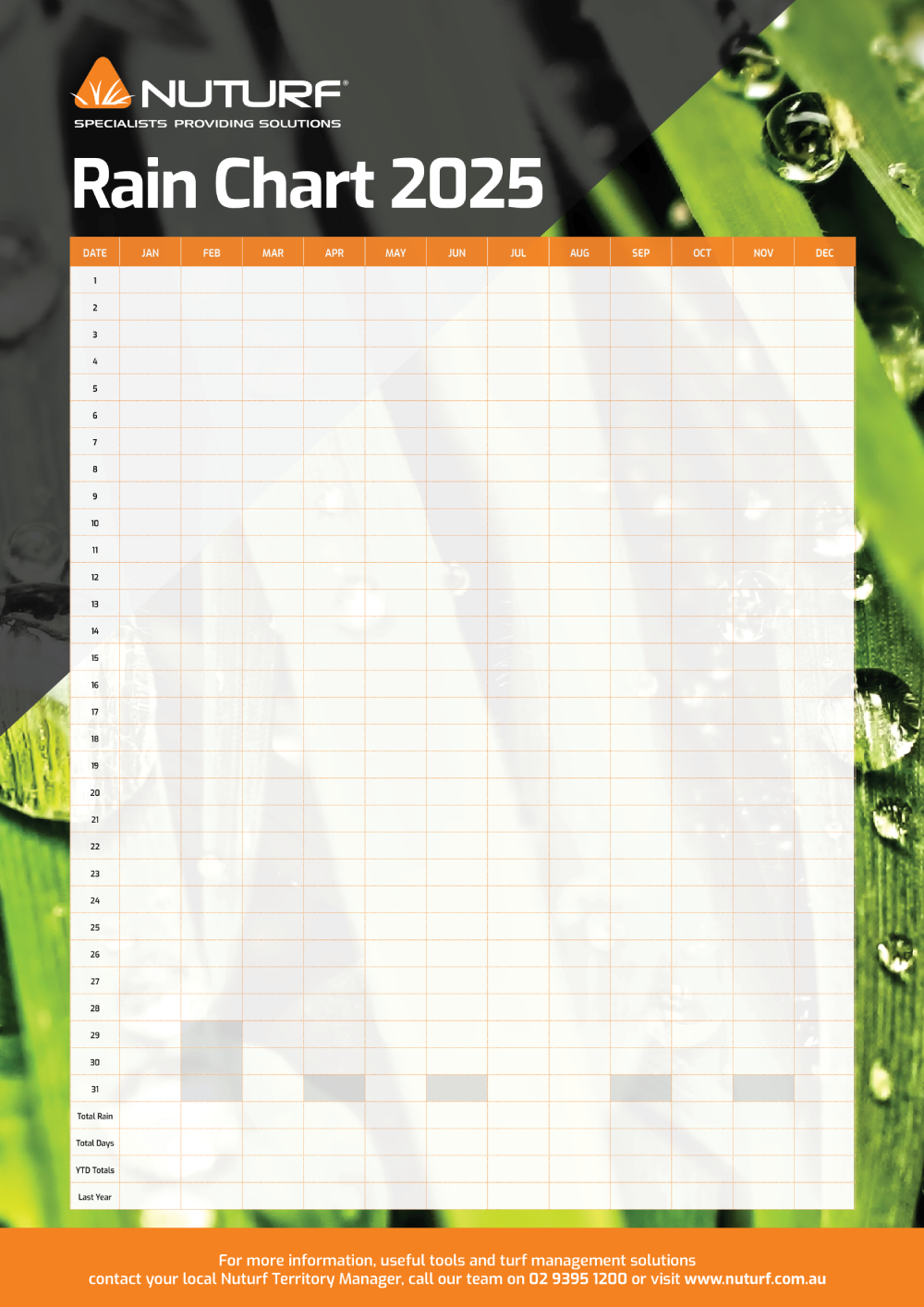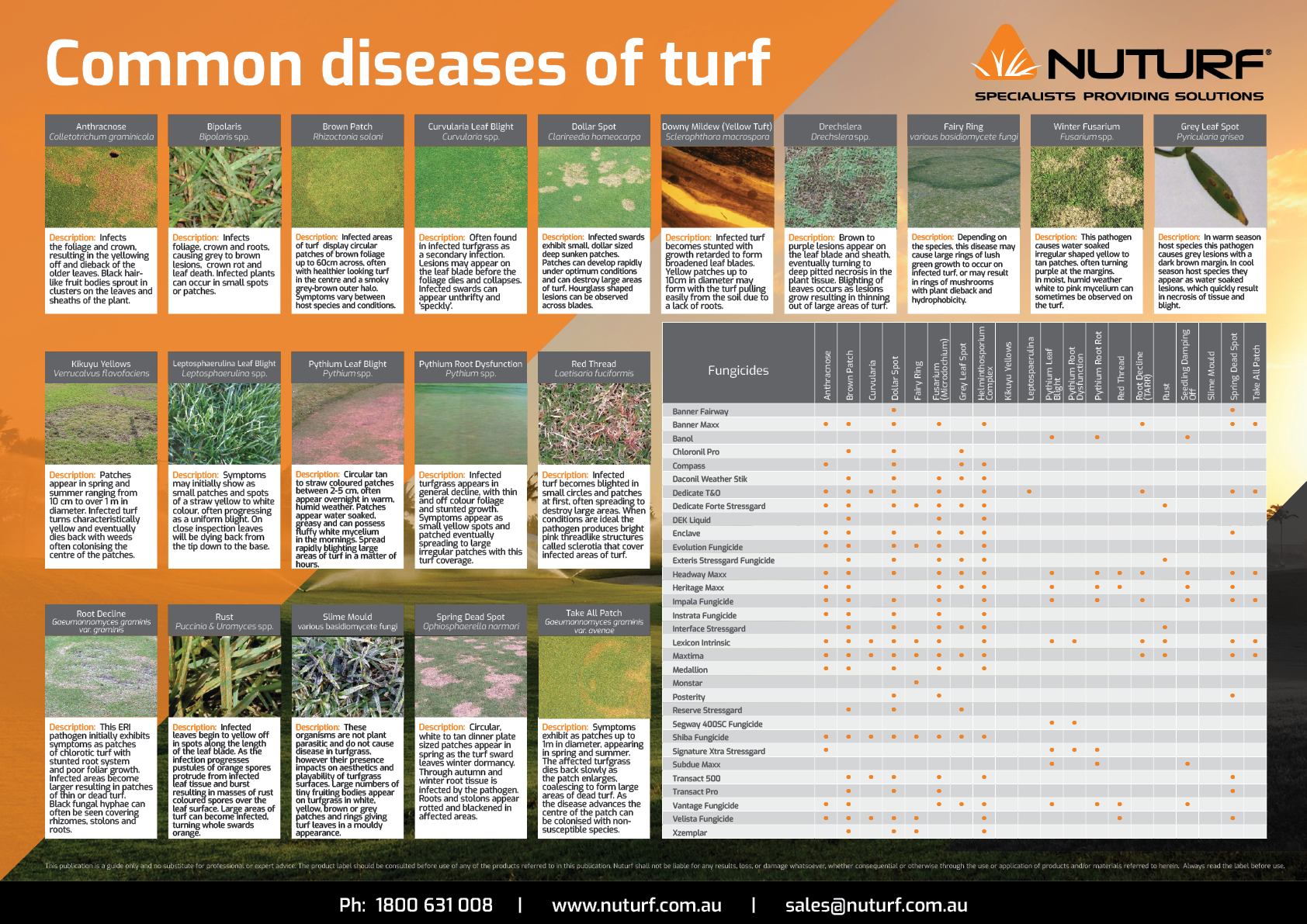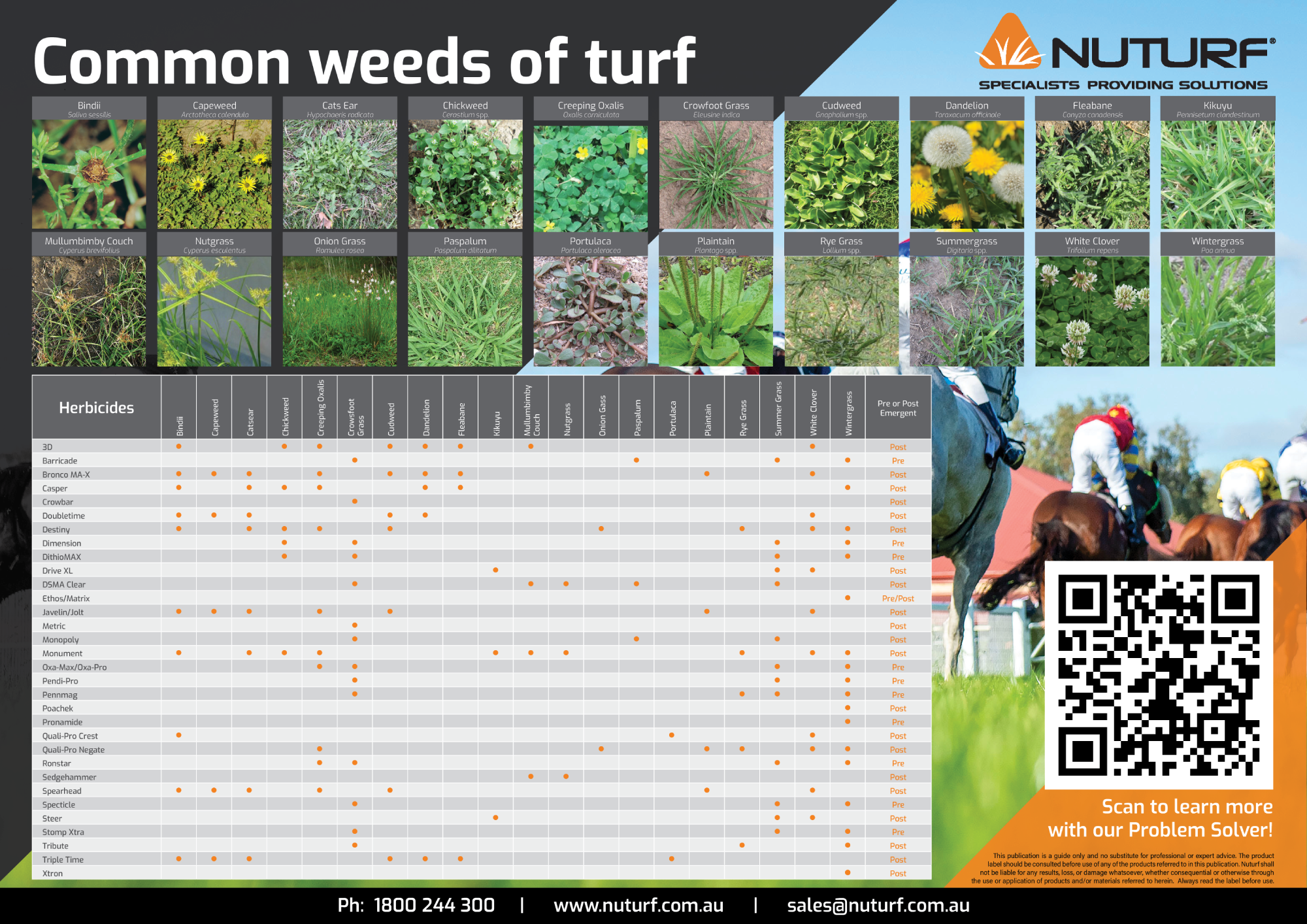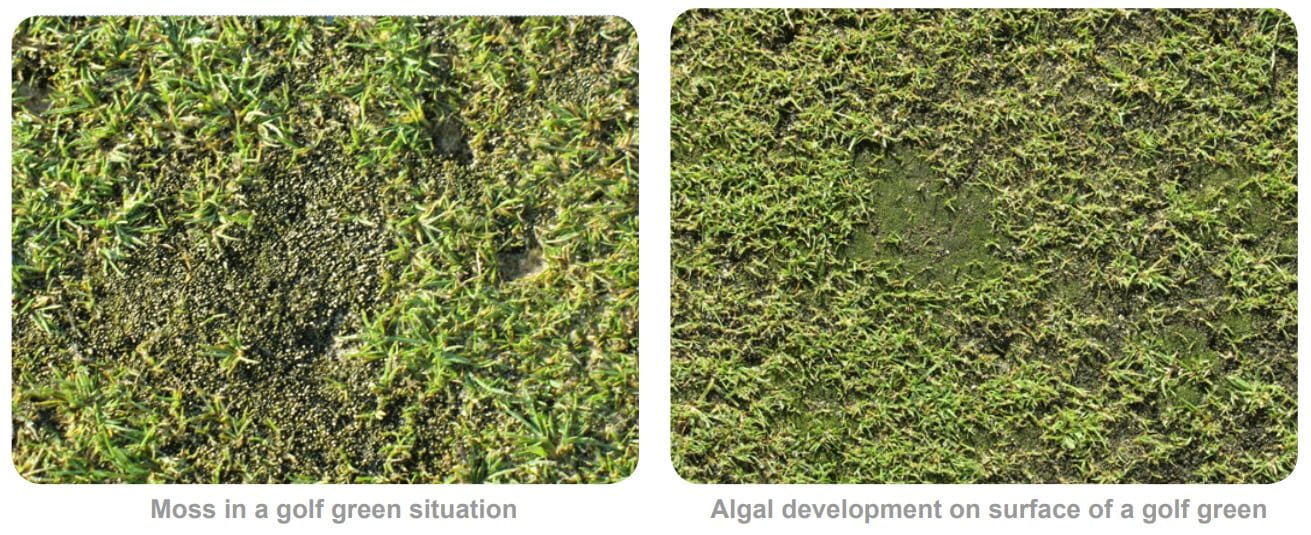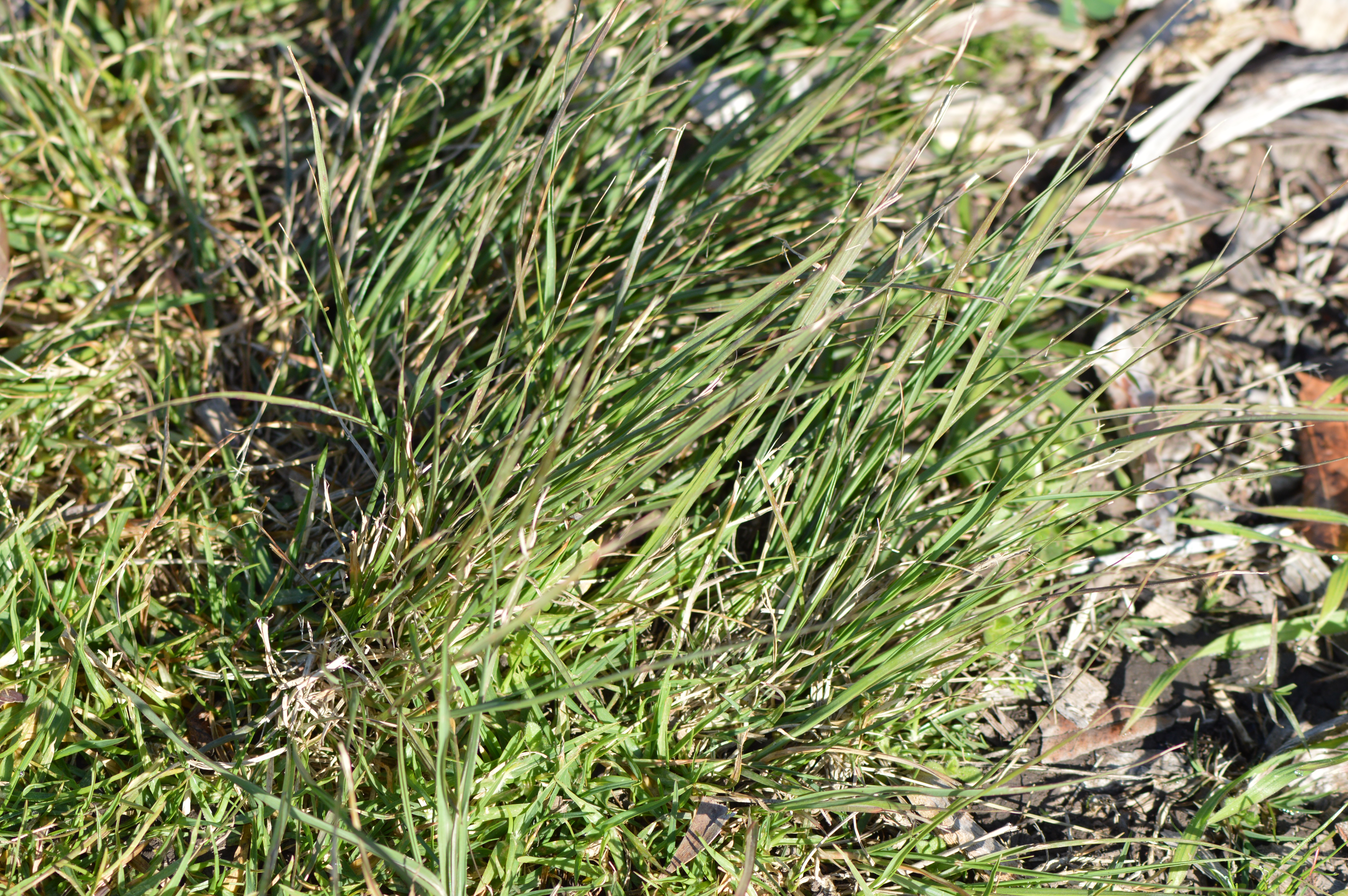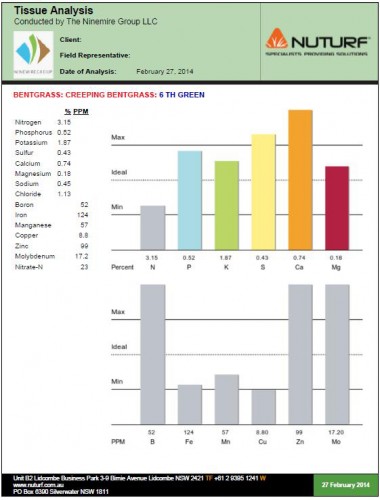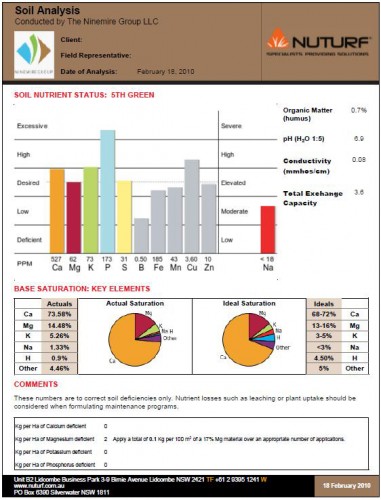Spring Renovations For Warm Season Turf
Spring Renovations For Warm Season Turf
In late winter our spring renovation plans start coming together. We are watching forecasts, monitoring air and soil temperatures and determining the order of tasks. We are assessing winter wear, considering how resilient and responsive we think our turf will be to determine the extent of renovation that is appropriate for the turf we have, or no longer have, whichever the case may be. We make scheduling decisions, product choices and make a few assumptions on environmental conditions. It’s a busy time a lot is riding on the choices we make.

Why do you need a spring renovation?
Common themes across renovation of warm season sports turf are winter wear (e.g. loss of canopy, thin and unhealthy or damaged turf, diminishing root mass and density, loss of vigour and function), thatch management and improvements (or modifications) needed in drainage and infiltration best addressed by alteration of the soil composition and oxygen potential. A good renovation plan will actually look to address all these matters concurrently courtesy of the fact action in any one of those areas tends to have a cascade effect across most areas of turf health. This is important to understand because the turf environment is an inter-linked system. It is difficult to consider any independent issue without looking at how that issue affects the broader system as a whole.
Specific areas of consideration
This brief note can’t cover all the relevant components of a renovation program nor describe the entire ‘system’ but has identified three areas that deserve focus as a part of the ‘interlinked system’. Firstly, disease protection. This is listed first as its an activity best engaged in prior to any actual physical intervention as a preventative task.
The responsible use of fungicides such as the strobilurins (e.g. Azoxystrobin) requires them being limited to no more than one third of an annual program – with rotation amongst as many other groups as possible for the other two thirds. This has meant we needed to choose our moments carefully and assign them to times of best use. Of the possible candidate times, prior to renovations has to be in the top 2 priorities.
Why is Strobilurin use (and specifically Azoxystrobin) suitable for reno’s? because it has the highly desirable combination of very broad spectrum, excellent longevity of function, and efficient root uptake when applied to the soil allowing whole of plant protection. Why is this important? When we renovate we do ask quite a lot of the turf plant – albeit with very good intentions. We interfere with the surrounding soil and foliar physical structure (aeration, scarifying, topdressing) and rely on strong recovery behaviours for a successful rejuvenation process. The physical forces imparted by renovation equipment do cause injury and because of this a vulnerable window is created for opportunistic pathogens to attack. The strobilurin chemistry application looks to counter this vulnerability pre-emptively and for a set window of time offers broad spectrum, highly reliable and strong defense against threats. But timing is critical…
The strobilurins don’t move with the speed of the triazoles – this can be good and bad. Good if you use them properly i.e. before issues exist, bad if you have a raging infection and you apply well into the attack phase as you may be disappointed. Understanding this is important to ensure expectations are appropriate and timing of use is optimized. In the context of turf renovation best results will be achieved if applied via a soil application in the days prior to the commencement of renovations. Those few days allow the soil reservoir to be generated and primed for the plants plumbing to draw upon. It allows this slower moving chemistry to enter the plant and begin dosing the full plant structures prior to, and throughout, the critical days of actual renovation works. If well timed then the duration of activity should also carry you through the early post renovation stabilization period till recovery is well under way – and you are on track to produce happy and healthy turf once again.

Nutrition selection and delivery with a focus on Nitrogen
The nitrogen component of spring nutrition is the component often getting the lions share of attention at reno’s. Phosphorus and potassium are both also important for sure, as are some of our micros, but quantity of N, proportion of slow or controlled release N and the technology employed to manage the delivery of that N play big roles in the product selection process. Commonly we are looking to support active and vigorous growth and Nitrogen is a fuel that can help achieve this when delivered in the right amount, to the right place, at the right time.
To better achieve that matrix of requirements nitrogen technologies have evolved a lot over the years. Progress has seen us move through basic urea to sulphur coated urea and poly sulphur coated urea, methylene urea and nitrification and urease inhibited options. Interestingly all would still be considered relevant with a fit in modern turf management. We haven’t necessarily dropped anything as new additions came along. This is not a bad thing as we can now select technologies to match sites, issues and environment, and can look at this from a budgetary position as well because each has pricing implications. Good outcome really,
Whilst they have different approaches, the common thread with all has been to better support the alignment of available forms of N and the turf plants need and ability to utilize it effectively. From the turf management perspective if we focus on the turf use of N and get this right, we actually address the environmental issue too as N loss to volatilization or leaching is better managed. To do this well though we need to understand the Nitrogen pathways that are followed after a fertilizer application and be mindful of the steps in the pathway turf available forms occur, then try to match this to requirements of the turf that act as the ‘sink’ we are trying to deliver it to.
For example, if we apply a fertilizer that contains a 100% up front N source to turf coming out of winter displaying a slow but progressive growth rate, we are likely to find a high proportion of the N delivered is either lost through gas volatilization (if not soil incorporated) or lost at the end of the pathway as leached nitrate because it has moved through the cycle and not been utilized fully by the turf. Alternatively, a product delivering nitrogen progressively where sub components of N are released sequentially (either through step wise breakdown of physical coatings, leaks from polymers driven by osmotic pressures or suppressed speed of processing via microbiology inhibition) to have smaller amounts available consistently over a longer period is probably more appropriate as the turf slowly ramps up its demands with the progressing season. This level of consideration is important for responsible use of Nitrogen. As an exercise try to look at information available on nitrogen delivery from your favourite products and overlay this with a seasonal turf example to see if the anticipated growth rate and the release pattern appear to match. If not, look at another product.
Temperature as a critical environmental input
Some nitrogen processes are greatly influenced by temperature just the same as turf growth is so understanding the role of temperature is critical.
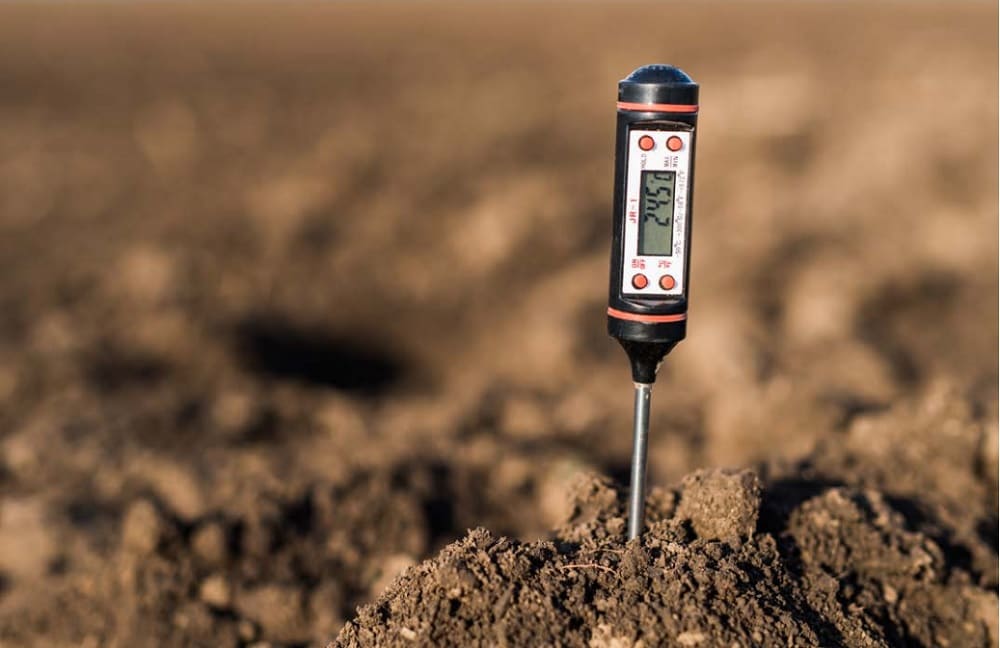
But the area of brief focus here is more specifically soil temperatures and the influence of depth. Why? Because our seasonal uplift in growth in spring for example is greatly affected by root activity – which is greatly affected by soil temperatures which itself is a product of air temperatures and solar radiation amongst a few other factors. But complicating this relationship is the fact soil temperature behaviours change with increasing soil depth. We can use air temperatures to help predict weed germination for seeds sitting on the soil surface or in thatch, but the relationship doesn’t hold up for seeds sitting at increasing depths and this principle applies to root activity as well. If the majority of root mass is 10cm deep for example, then the warming pattern at that depth matters greatly and it has a very different model to the surface. As soil depth is increased, the heating or cooling pattern sits further behind air temperatures. As depth increases the lag gets longer. Models actually become quite complex as depth increases and differs a lot at times between soil types. Point being just because we start getting some warm (or cool days) we can’t assume the plant response is in sync. Chances are it isn’t and is somewhere behind. Looking for other signs and evidence is really important when matching environment, renovation activity and products.
How Nuturf can help you
The Nuturf Territory Management Team is made up of people who understand turf management, the science behind it and the technologies available. They can help you bring together these considerations with plans that are relevant and tailored to your site. We can assist you with understanding, selecting and using control products and nutrition technologies to get the best possible outcomes for your turf.


